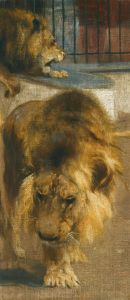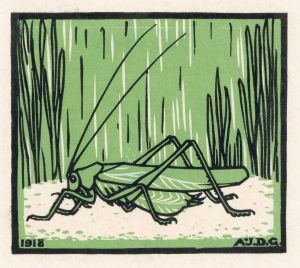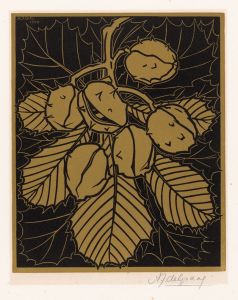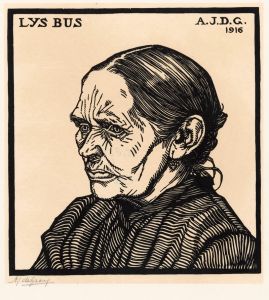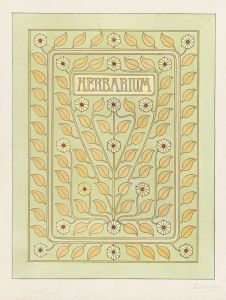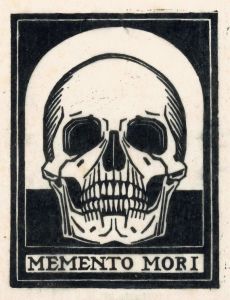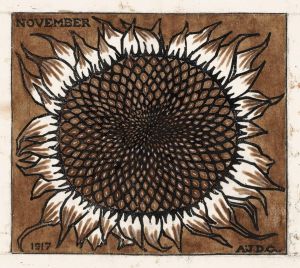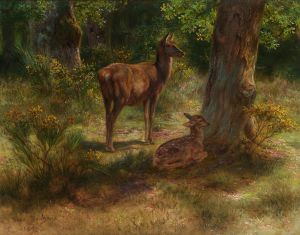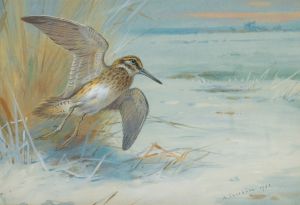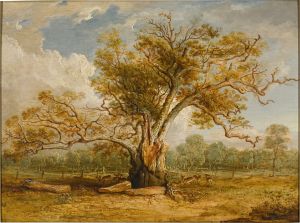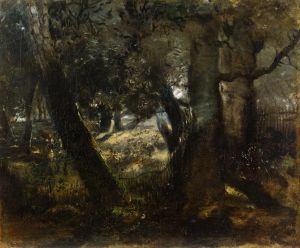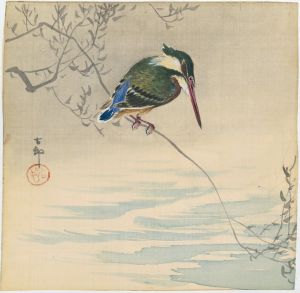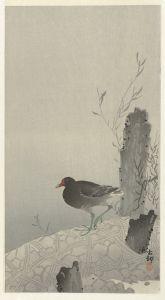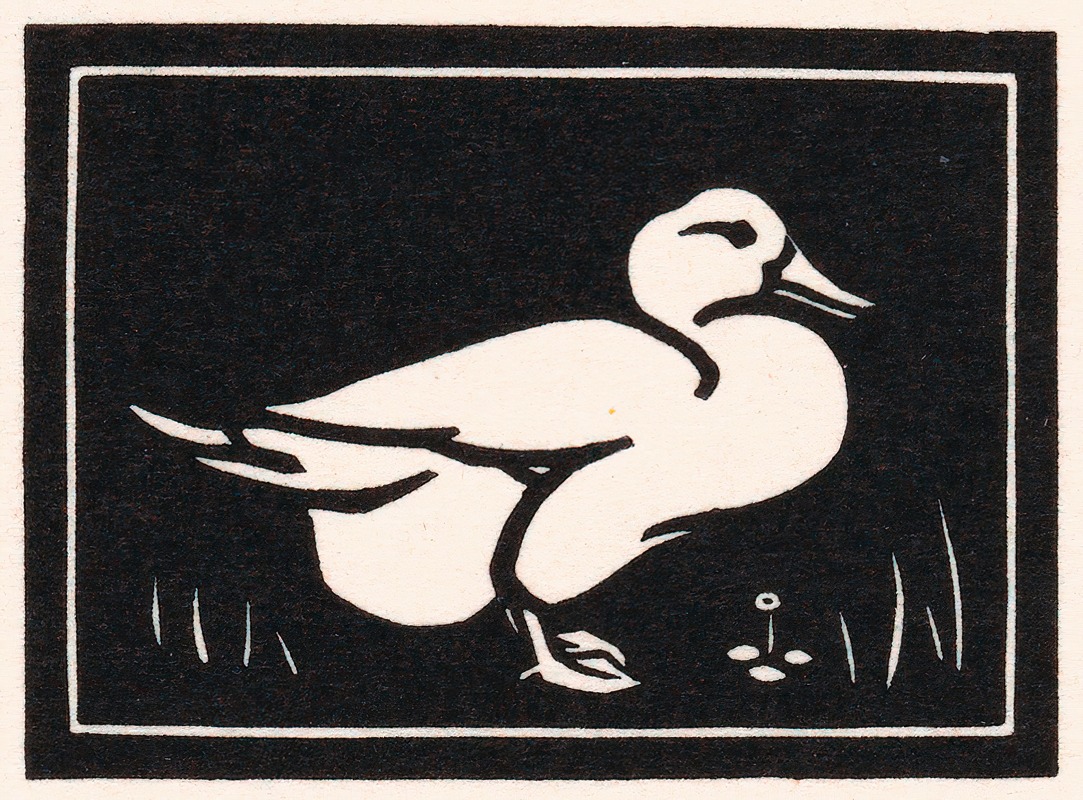
Eend
A hand-painted replica of Julie de Graag’s masterpiece Eend, meticulously crafted by professional artists to capture the true essence of the original. Each piece is created with museum-quality canvas and rare mineral pigments, carefully painted by experienced artists with delicate brushstrokes and rich, layered colors to perfectly recreate the texture of the original artwork. Unlike machine-printed reproductions, this hand-painted version brings the painting to life, infused with the artist’s emotions and skill in every stroke. Whether for personal collection or home decoration, it instantly elevates the artistic atmosphere of any space.
Julie de Graag was a Dutch artist known for her distinctive style and contributions to the art world during the early 20th century. One of her notable works is "Eend," which translates to "Duck" in English. This piece exemplifies her skill in capturing the essence of her subjects through a minimalist yet expressive approach.
Julie de Graag was born on March 18, 1877, in Gorinchem, Netherlands. She studied at the Royal Academy of Art in The Hague, where she developed her skills in various artistic disciplines. De Graag was part of the Dutch Art Nouveau movement, which was characterized by its decorative style and emphasis on natural forms. Her work often featured animals, plants, and other elements of nature, rendered with a keen eye for detail and a unique stylistic approach.
"Eend" is a prime example of de Graag's ability to blend simplicity with intricate detail. The artwork depicts a duck, a subject that aligns with her frequent focus on nature and wildlife. De Graag's technique often involved the use of strong lines and contrasts, creating a striking visual impact. Her works are known for their clarity and precision, qualities that are evident in "Eend."
The piece reflects de Graag's interest in the natural world and her ability to convey the character and essence of her subjects with minimalistic yet powerful imagery. Her style is often associated with the broader Art Nouveau movement, which sought to break away from traditional artistic conventions and embrace more organic and flowing forms.
Julie de Graag's career was relatively short-lived, as she struggled with health issues throughout her life. Despite these challenges, she produced a significant body of work that continues to be appreciated for its artistic merit and unique style. Her contributions to the art world were recognized during her lifetime, and her works have been exhibited in various galleries and collections.
"Eend" is representative of de Graag's artistic philosophy, which emphasized the beauty and simplicity of nature. Her ability to capture the essence of her subjects with minimalistic detail has earned her a place in the history of Dutch art. Today, her works are studied for their contribution to the Art Nouveau movement and their reflection of early 20th-century artistic trends.
Julie de Graag passed away on February 2, 1924, in The Hague, but her legacy lives on through her art. "Eend" remains a testament to her skill and vision as an artist, showcasing her ability to blend simplicity with depth and detail. Her work continues to inspire and captivate audiences, reflecting the enduring appeal of her artistic approach and the timeless beauty of her subjects.





